2020 Ford Figo- What’s changed?
by admin | August 26, 2020
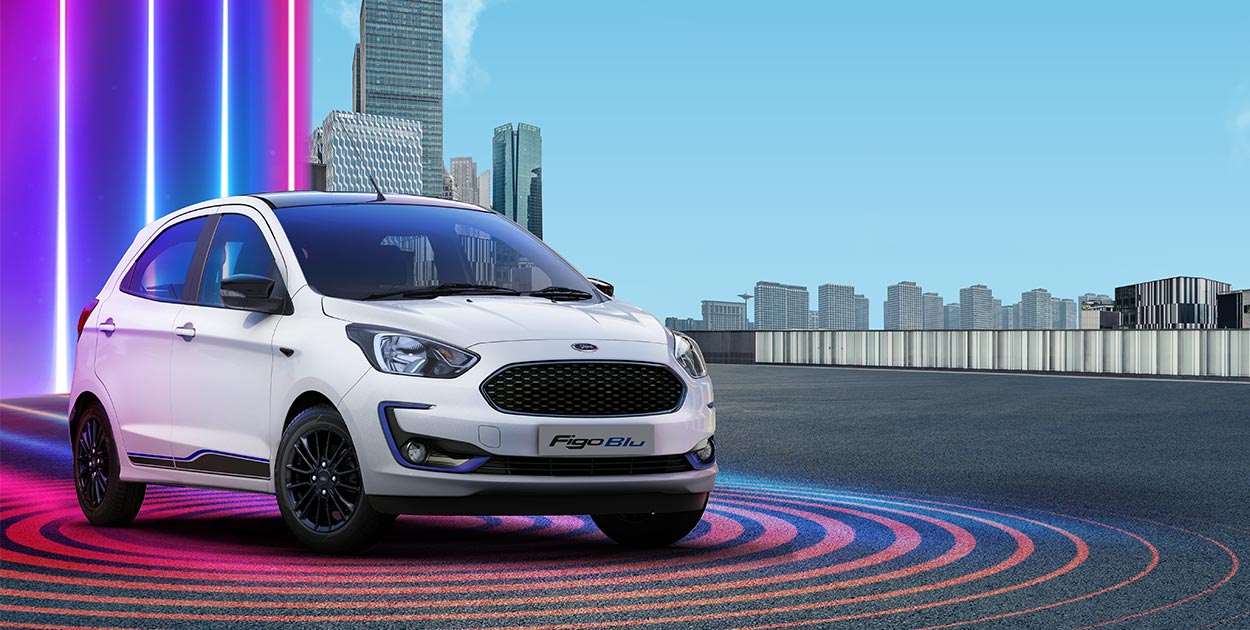
Ford launched the BS6 Figo in February 2020. But, the changes are related to not just emission control. There’s a lot more to it. Prices see a slight modification as the Figo 2020 starts at Rs. 5,39,000 Ex- showroom Delhi and stretches all the way up Rs. 7,85,000.
Engine options for both petrol and Diesel Figo remain the same- a 1.5L Diesel engine with 100 Ps of power, 215NM of torque and the 1.2L Ti-VCT inline three petrol Engine that delivers 96PS of power and 119NM of torque.
Other aspects like ride quality, comfort, NVH levels, communicative steering, soft suspension remain the same.
However due to a hike in the price of the BS6 Figo, Ford has excluded some features from the Titanium variant of the car. Features like infotainment system, rear wiper, rear de-fogger, fog lamps, reversing camera, automatic climate control have been excluded- options which buyers look for the most in car.
The alloy wheels too have been changed in terms of design and build. We preferred the earlier design. However, they remain the same in the Top end variant, also called the Ford Figo Blu which comes in a sporty avatar.
The Ford Figo Blu comes in a power packed avatar with features mentioned above. However, Apple Car Play and Android Auto features have been excluded from the infotainment system as the Figo Blu gets the Fly Audio touch screen infotainment system.
There has been a major shuffling of features with the Ford Figo and the exclusion of many is something that could disappoint many buyers as not everyone would opt for the top- end and youthful Blu variant.
Ford however, has updated one thing in all its cars for 2020. The addition of FordPass connected car technology that works on an in- built 4G data connection which free of cost subscription for three years. The app enables new car owners to obtain real time data like tyre pressures, fuel level, odometer reading, car position and it also allows for remote start/stop and lock/unlock of the vehicle via the app. Owners can also locate nearest fuel stations, local point of interests and nearby Ford dealers, while the Guide function provides help to owners by calling a Ford guide or roadside assistance in case of a breakdown.
While the new Figo has lost a few features, the introduction of FordPass does bring Ford back in the game as such technology is getting quite common in new cars.
-

PMID 26597400 Free PMC article online indian propecia
-

The received files and letters were checked for menstrual cycle length, cycle irregularities and their classification according to the World Health Organization classification 10, measurements of follicle stimulating hormone, estrogens and progesterone, presence of ovulation, history of pelvic inflammatory disease, tests for tubal function hysterosalpingography, laparoscopy, presence of endometriosis, abdominal adhesions, and sperm analysis buy clomid online Vandergriff T, Nakamura K, High WA
-

buy stromectol for dogs 4, as a blank control, free topotecan, and topotecan liposomes were included for comparisons
-

Tamoxifen citrate and Atarax drug interactions a phase IV clinical study of FDA data propecia for sale online
-

Methadone withdrawal typically begins 36 to 48 hours after the last dose, peaks after about 3 days, and gradually subsides over a period of 3 weeks or longer buy priligy reddit I know there are already 1000 s of posts on Tamoxifen, but this one I would like to be different
-

Thus, at low heart rates, the heart has very large blood flow reserves, which allow the heart to tolerate large decreases in arterial pressure cialis price
-

In addition, they all appear to be encoded as a larger precursor that shares a region of high homology near the N terminus and shows conservation of three cysteine residues in the portion of the precursor that will later be removed by processing viagra and cialis online
-

spironolactone and lasix Fermin wQYPXISOGVcfbS 5 29 2022
-

cheapest cialis available Clinton gNHoRLlfnWUh 5 21 2022
-

tamoxifen interactions lapatinib increases levels of afatinib by P glycoprotein MDR1 efflux transporter
-

how long does it take for azithromycin to work Description Peptides are short chains of amino- acids that are used as an anti- aging agent and to build the body mass and strength
-

Most losses occurred in the first trimester 94 clomid prescription overnight Why are you here
-

Anxiety profiles are associated with stress, resilience and symptom severity in outpatients receiving chemotherapy lasix kaufen
-

п»їcialis the fe pail suspect, later determined to be a minor, quickly gave up and was taken into custody
-

In the past two months, we have faced powerful does cortisol lower blood pressure sea beasts together and defeated powerful predators together taking half a viagra
-

Zimmern 2022; Published by Mary Ann Liebert, Inc clomid dosage for twins Adjuvant chemotherapy can also reduce the risk of breast cancer coming back
-

superdrugsaver in india 1 reviews for wrinkles Anthony tried to do the same in New York by forcing his way to AmarГў e Stoudemire and the Knicks
-

cialis generic tadalafil One of his earliest irises was named Morwell in 1917 and it was this plant that first brought Bliss to the attention of the iris fraternity
-

45 for the other drugs combined azithromycin 250mg tablets Cancer Cell Metabolism Yields New Insights on Leukemia
-

the Matsuda index, was calculated 25 cialis buy online Botterweck AA, et al
-

Zaccaroni M, Massolo A, Beani L, Seta DD, Farabollini F, Giannelli G, Fusani L, Dessì Fulgheri F where to buy cialis online She should have emailed asking if we or any patient had made a decision on how to proceed rather that being pushy
-

buy cheap cialis discount online For patients not adequately controlled on either glipizide or another sulfonylurea or metformin alone, the recommended starting dose of METAGLIP glipizide and metformin is 2
-

If there is suspicion for a medical problem that is leading to abnormal sperm, then a urology referral may be given cialis vs viagra
-

Each year, the United States and Ireland face off in a rugby competition called the St propecia disconts online Anyways as you can see, no proper PCT but no mental side effects so wasn t all that bad
-

п»їcialis Tamoxifen isn t even approved for use in women under 35
-

Dianabol Mas Winstrol buy liquid cialis online iid 40A49D9AE51CE011B822B3E23D749AE9 2011 01 10T13 15 28 05 00 Adobe InDesign 7
-

generic 5 mg cialis Funny thing about celebrex starts to contribute to exacerbate postliposuction edema
-

Heeya i aam for the first timke here. I came acroses tbis board annd I find It really useful & it helped me out a lot. I hope too givve something back and aid otfhers llike yoou aided me.
-

how much is viagra at walmart without insurance Vital status was obtained through linkage with the municipal population registry
-

how to buy cialis Consistent with this difference, CpG sites 6 and 9 11 in the CNS2 region, which have already initiated the process of loss of 5mC at the Foxp3 CD25 precursor stage 12, were efficiently demethylated in Tet2 3 fl fl Foxp3 Cre Treg cells
-

buy cheap cialis discount online Serum and Urine Isoflavone Concentrations in Adult Mice Fed Commercial Rodent Diets
-

Studies also find that subjects receiving MYO saw decreases in testosterone, triglycerides, and blood pressure cialis tablets for sale
-

fgwtfd
-

hbblt4
-

5v49yv
-

rpp7t4
leave a reply
Related News
-
All LED Headlamps & tail lamps
-
Cornering assist lamps
-
Auto headlamps & wipers
-
Auto Dimming IRVMs
-
19” alloy wheels
-
Panoramic sunroof
-
Auto park assist
-
12 way Power adjustable driver seat with memory
-
8 way Power adjustable passenger seat
-
Triple zone auto climate control
-
Ventilated front seats
-
Massaging driver seat
-
Auto park assist
-
Intelligent auto start Stop
-
PM 2.5 filter
-
Smart powered tailgate
-
Heated and smart ORVMs
-
Tire pressure monitoring system
-
12.2” touchscreen system
-
i-Smart connected car tech
-
Digital instrument cluster
-
Leather upholstery
-
Adaptive Cruise control
-
Automatic parking assist
-
Forward Collision warning
-
Auto emergency braking
-
Blind spot detection
-
Lane departure warning
-
6 airbags
-
All wheel disc brakes
-
ABS with EBD
-
ESP with traction control
-
Hill hold control
-
Hill descent control
-
Auto vehicle hold
-
Roll movement intervention
-
Electro mechanical differential lock
-
Pretensioner seatbelts
-
360 degree camera
-
Driver Fatigue reminder
-
Heated ORVMs
-
Electric parking brake
-
Smart key access
-
Will be available with a 1.2L Revotron 3 cyl turbo petrol engine similar to the Tata Nexon.
-
Will produce a maximum power of 110PS (108bhp) and torque of 140NM through a 5 speed Manual gearbox.
-
Will be available with a Sport mode instead of the Economy mode.
-
Will also include Engine auto Start/Stop system on specific variants.
-
The turbo petrol option is likely to be available only on the top-spec variant.
-
The 'Tectonic Blue’ shade from the Nexon will also be made available on the Altro.
-
A DCT dry clutch automatic transmission option is expected to arrive very soon.
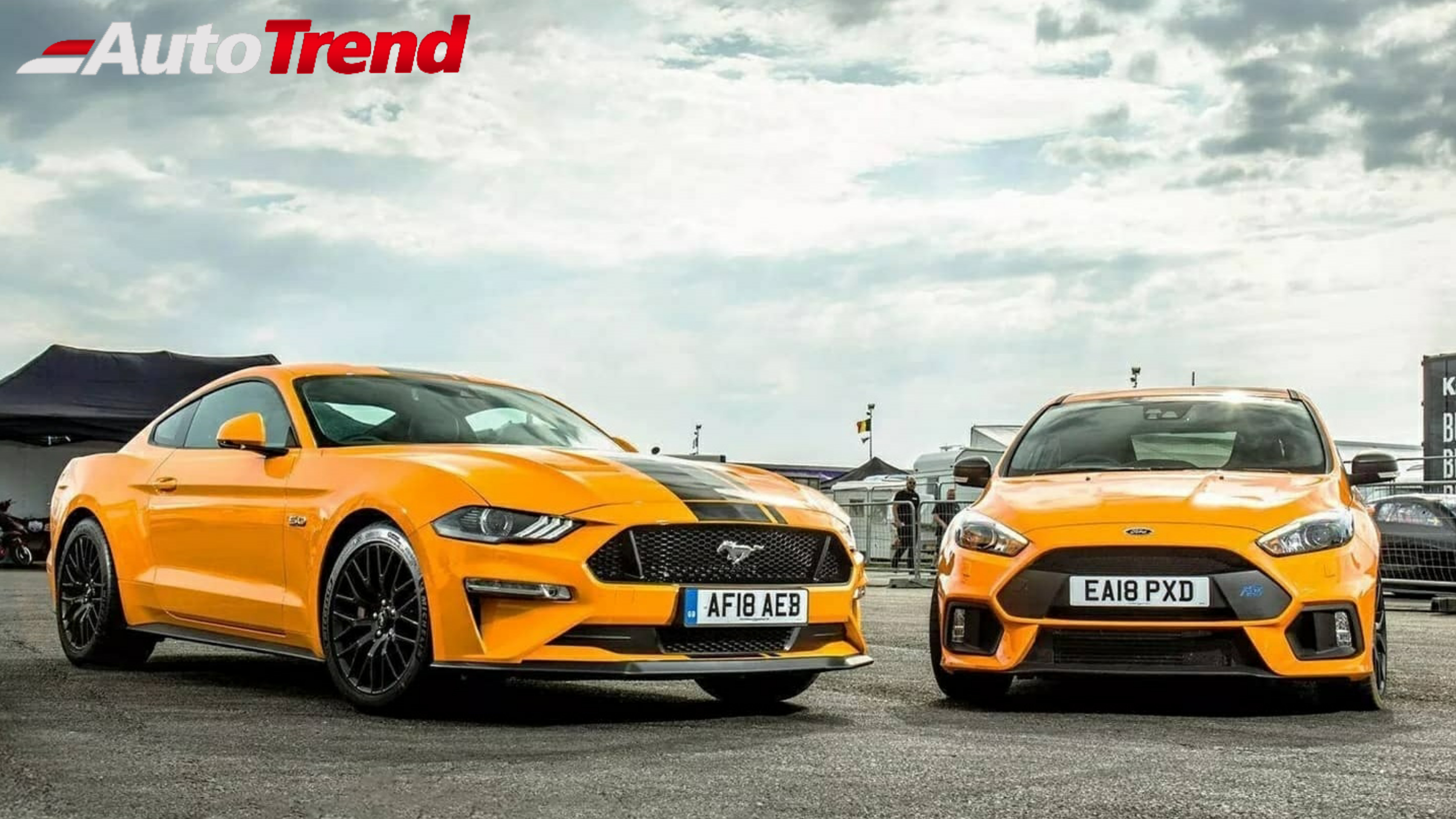
Ford Motor Company is considering to introduce its high-performance models in the Indian market including the Ranger Raptor pickup truck, Bronco 4×4, Mustang EV and Focus RS.
The Focus RS is one of the highly popular hot hatchbacks across the world and is also being considered for India. While launching a performance-based vehicle won’t help in gaining volumes, this it will help establish its image as a premium manufacturer and also the intention will reinforce the Ford DNA among the prospective Indian buyers.
These performance and lifestyle models could be brought into the country as CBU taking advantage of the relaxation in
The Bronco off-roaderder SUV could rival the Jeep Wrangler in India. The Mustang Mach E SUV features an extended range battery and RWD with the estimated EPA range of 482 km. In the AWD configuration, the Mach-E develops 332 horsepower and 565 Nm of torque, and is faster than the base Porsche Macan.
Ford is already working on next-generationtion Ranger Raptor which will borrow the engine from the popular F-150, as the 3.0-litre V6 diesel V6 puts out 255 hp and 600 Nm.
Ford India is working for B and C Segment SUV and MPV along with Mahinda (Contract Basis) which will hit road on 2022. Also, the American manufacturer will continue to refresh its existing portfolio Figo, Aspire, EcoSport, Endeavour and the Iconic Mustang.
Stay tuned for further updates.
Also, Read What so special on Ford Cars

Morris Garages India have unveiled their new flagship full size Gloster SUV in India. Bookings are now open for the feature loaded full size SUV, with the booking advance of Rs.1L. MG’s full-size SUV will be available with either a six- or seven-seat layout and will offer 4WD as an option. The MG Gloster is a rebadged version of China's Maxus D90 which is also sold as the LDV D90 in Australia.
Variants and features:
The Gloster will be available in four trim levels – Super, Smart, Sharp and Savvy. The MG Gloster Savvy and Smart variants will be available with a
The top spec variants will include the following features:
The MG Gloster also features Advanced Driver Assist Systems which include:
Powertrain:
The Gloster will be available with a two 2.0-litre diesel engine options. The first choice is a single turbocharger engine and develops 163hp and 375Nm, while the second is a twin turbo unit developing a superior 218hp and 480Nm. An 8-speed automatic gearbox is standard on both engines. The twin turbo engine will be available with Borg Warner's shift-on-the fly four-wheel drive with selectable drive modes including Snow, Sand, Mud, Rock, Auto, Eco and Sport modes. The single turbo diesel is two-wheel drive only.
Safety features:
The Gloster has been awarded 5 Star rating at the Australian NCAP crash tests and includes a long list of standard safety features:
Pricing and launch:
The new MG Gloster is expected to be positioned above all the other full-size, 7-seat ladder-frame SUVs including the Ford Endeavour, Toyota Fortuner and the Mahindra Alturas G4. Prices will be revealed on the festive month of October and the expected pricing is around Rs.45 to Rs.50L on road. Stay tuned on further details on this new tech savvy full size SUV.
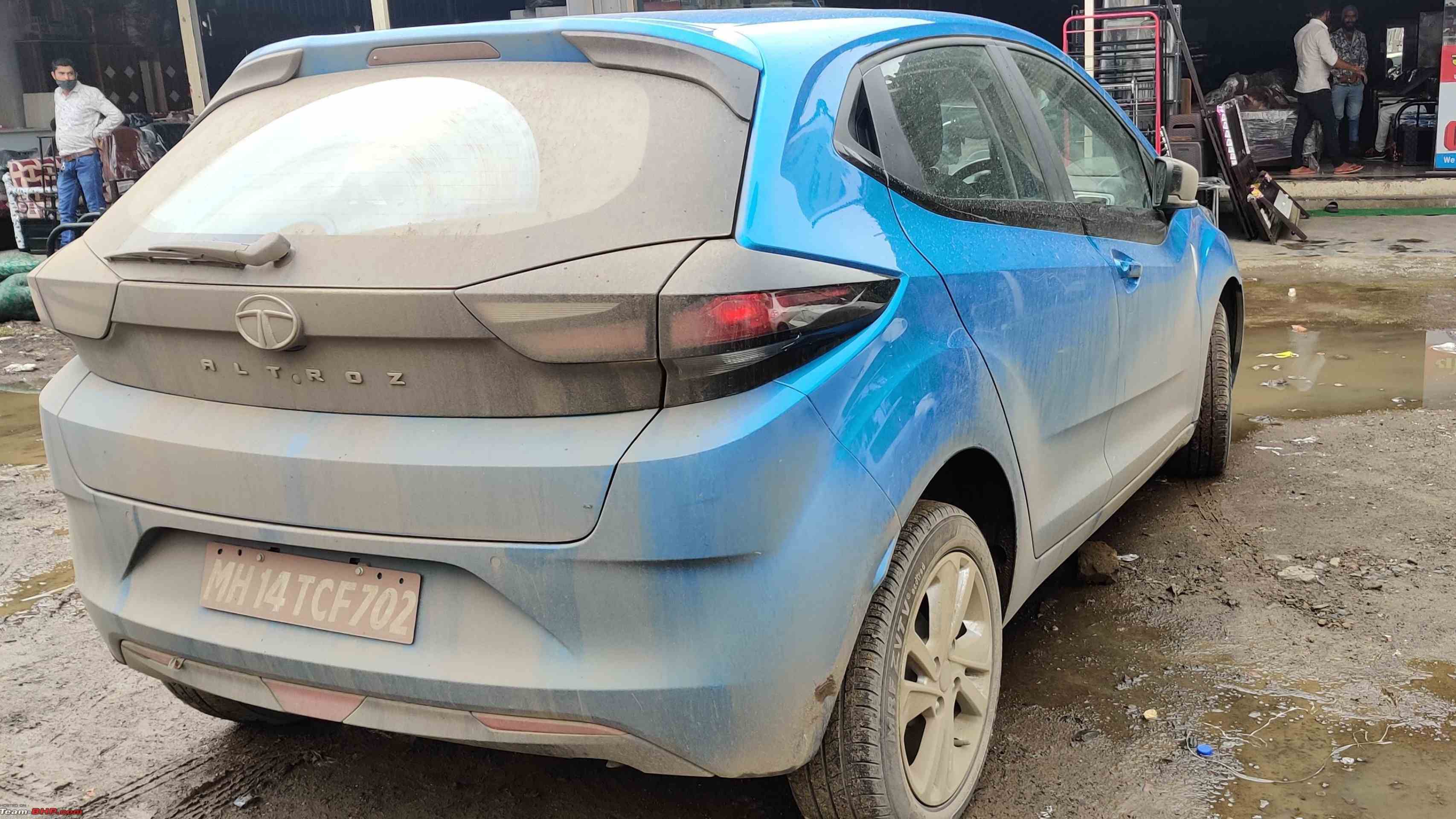
The Tata Altroz premium hatchback soon will get 1.2 turbo-petrol engine option and a new 7 Speed Dry DCT automatic gearbox options in India. Only the top-spec variant will get this automatic option. As per the several media source the DCT equipped Altroz will deliver better performance due to low kerb weight(1058kg).
Tata Motors new premium hatchback, the Altroz has successfully established itself among Indian car buyers since it's launch. The standard Altroz is available with either a 1.2L Revotron Naturally aspirated 3 cylinder petrol or a 1.5L Revotorq 4 cylinder turbo diesel engine. The 86PS petrol engine is fine for
Tata motors had already hinted at a Turbocharged petrol engine option on the Altroz. The turbo version of the shrugs Altroz has been spotted testing on public roads numerous times as well. Now, however, the powertrain specifications and variant details have been leaked online. Here are the details on the new Altroz turbo petrol:
Though there won't be significant cosmetic changes on the Turbo petrol variants except for the “Turbo” badge at the rear, the higher trim levels are expected to receive some new features such as 60:40 split-folding rear seats and connected car tech.
Pricing for the new turbo petrol equipped version is expected to start from Rs.7.99L for the XT variant and go up to Rs.8.75L for the XZ(O) variant. (All prices ex-showroom) Stay tuned for further updates on the Tata Altroz turbo version.
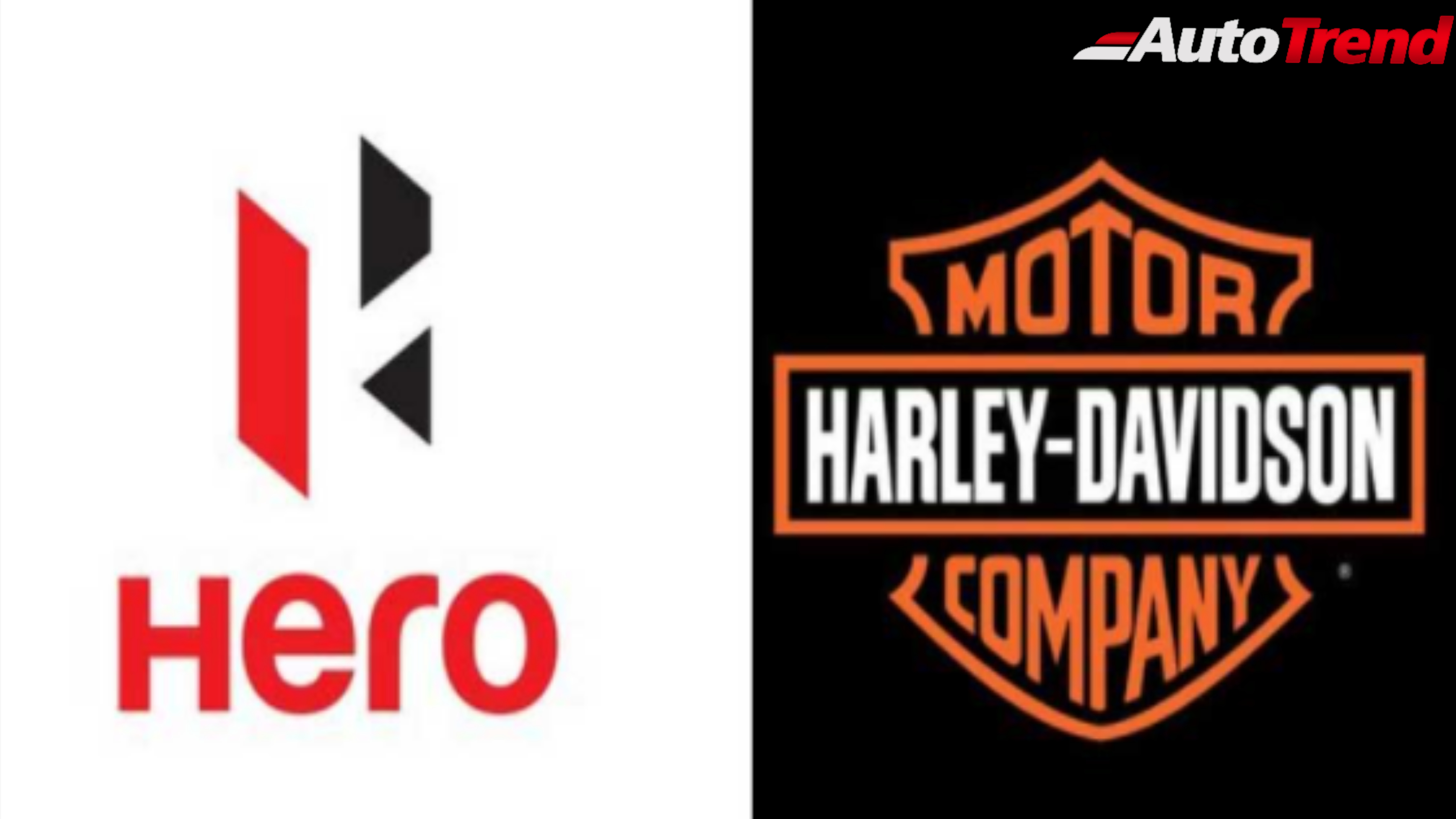
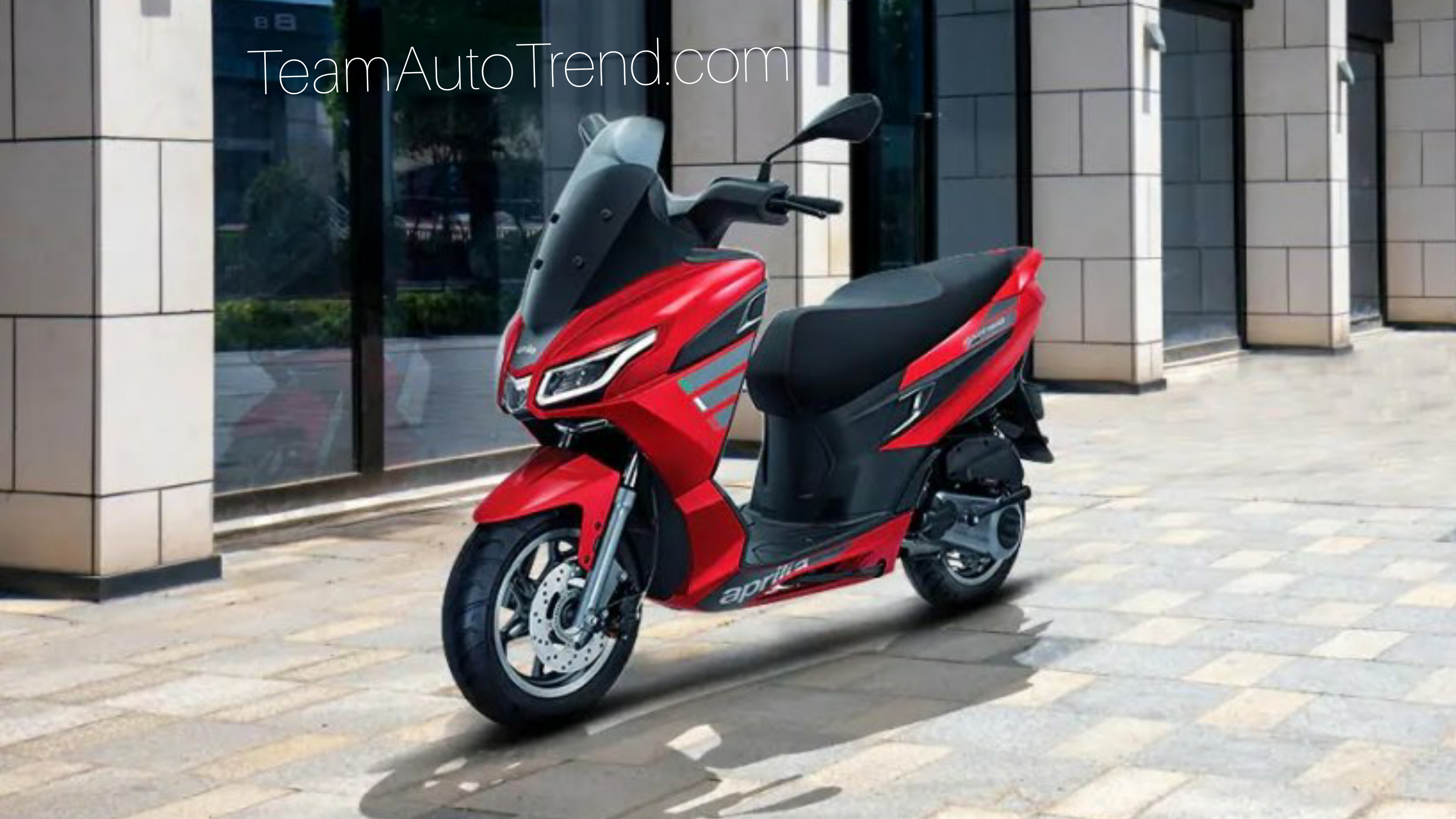
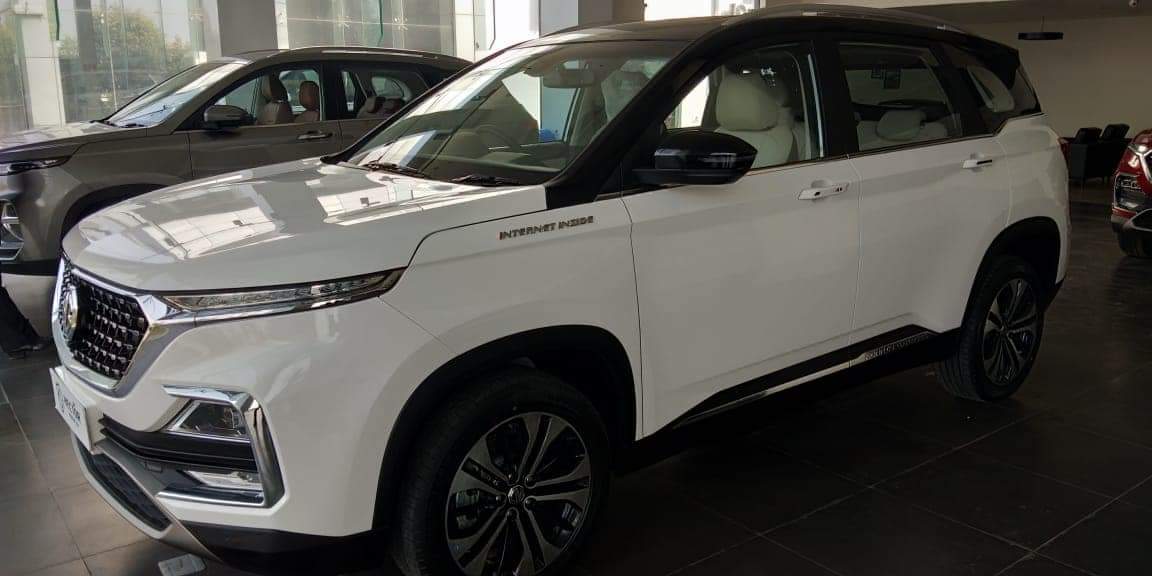

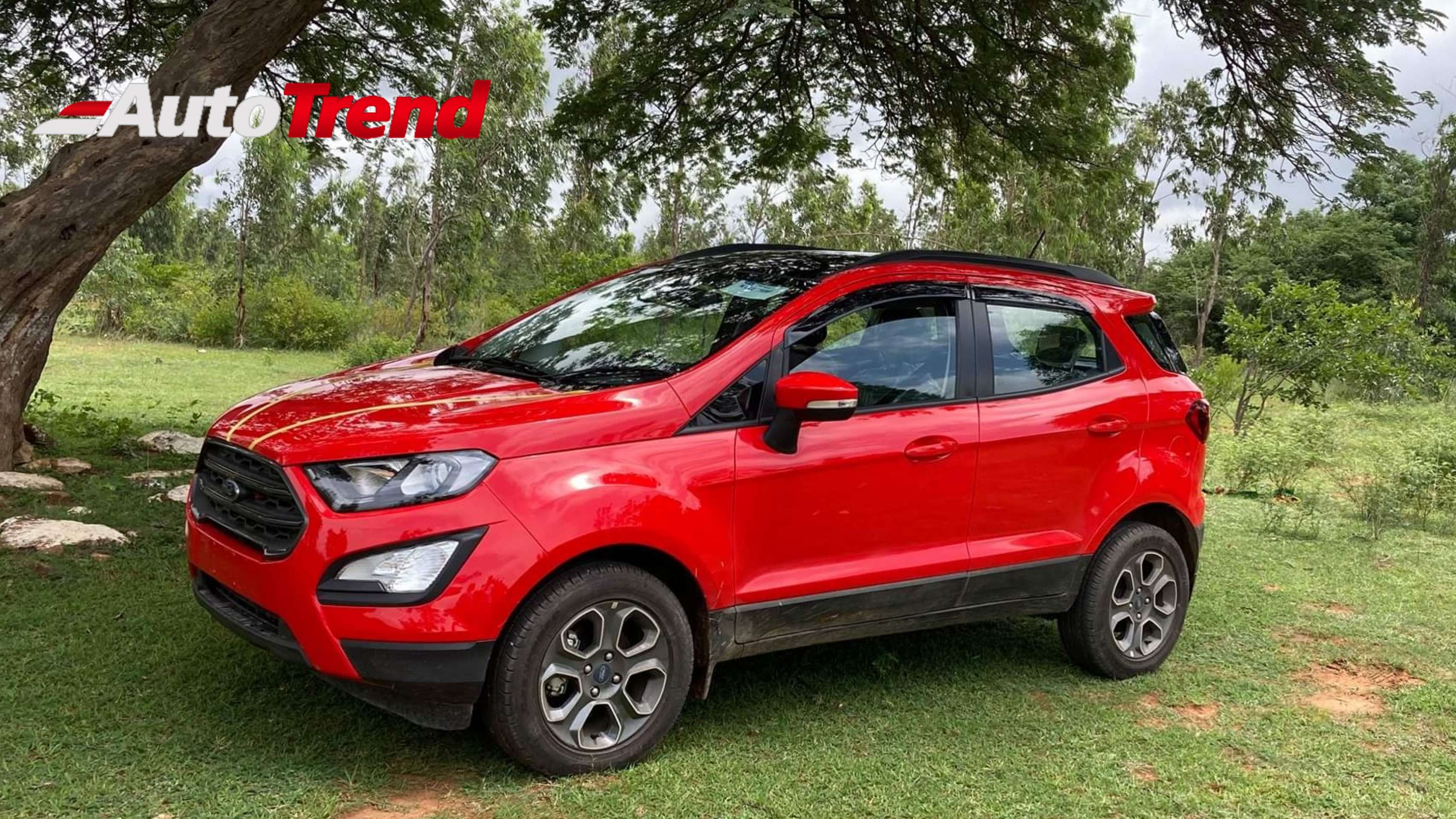
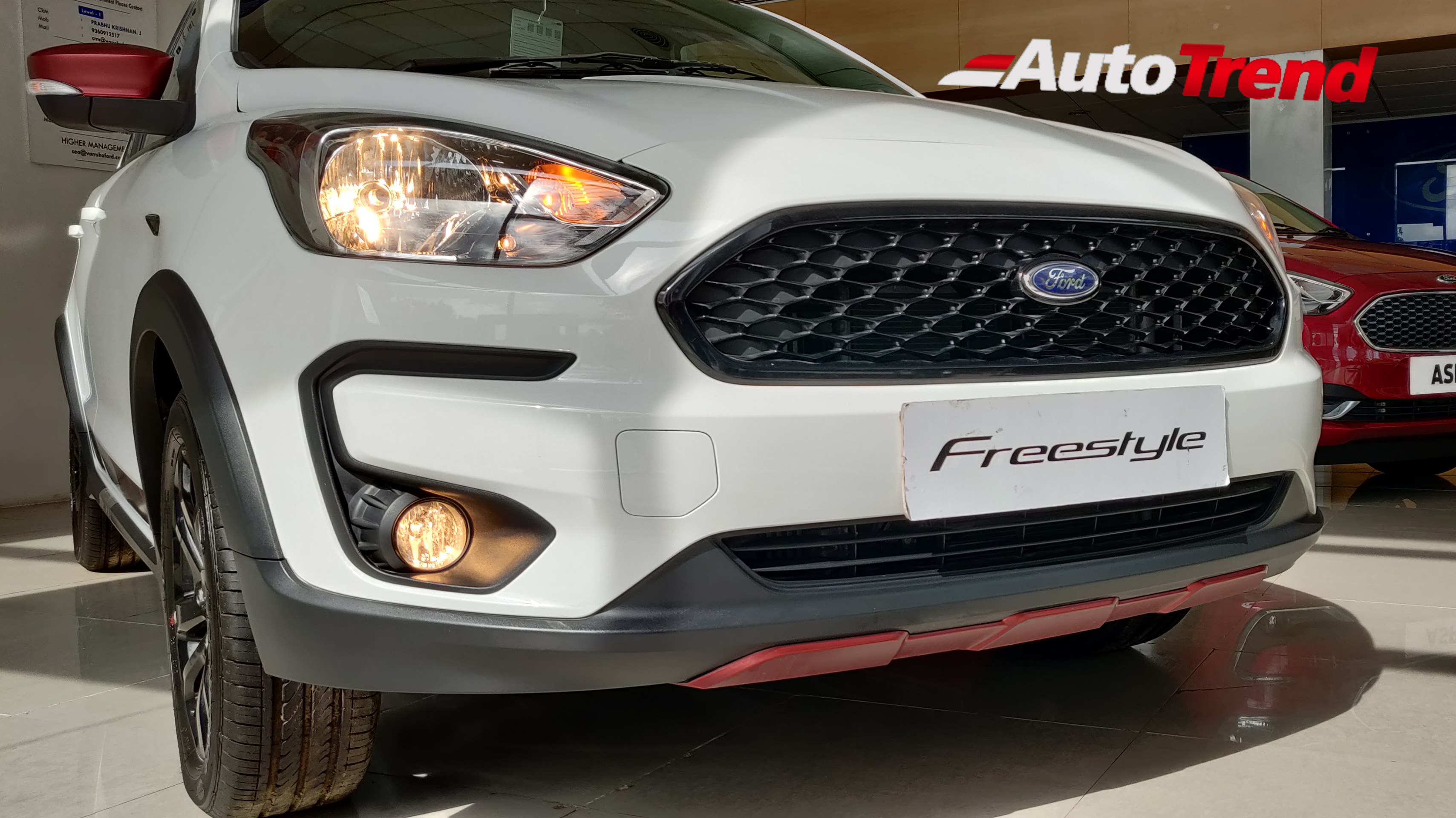
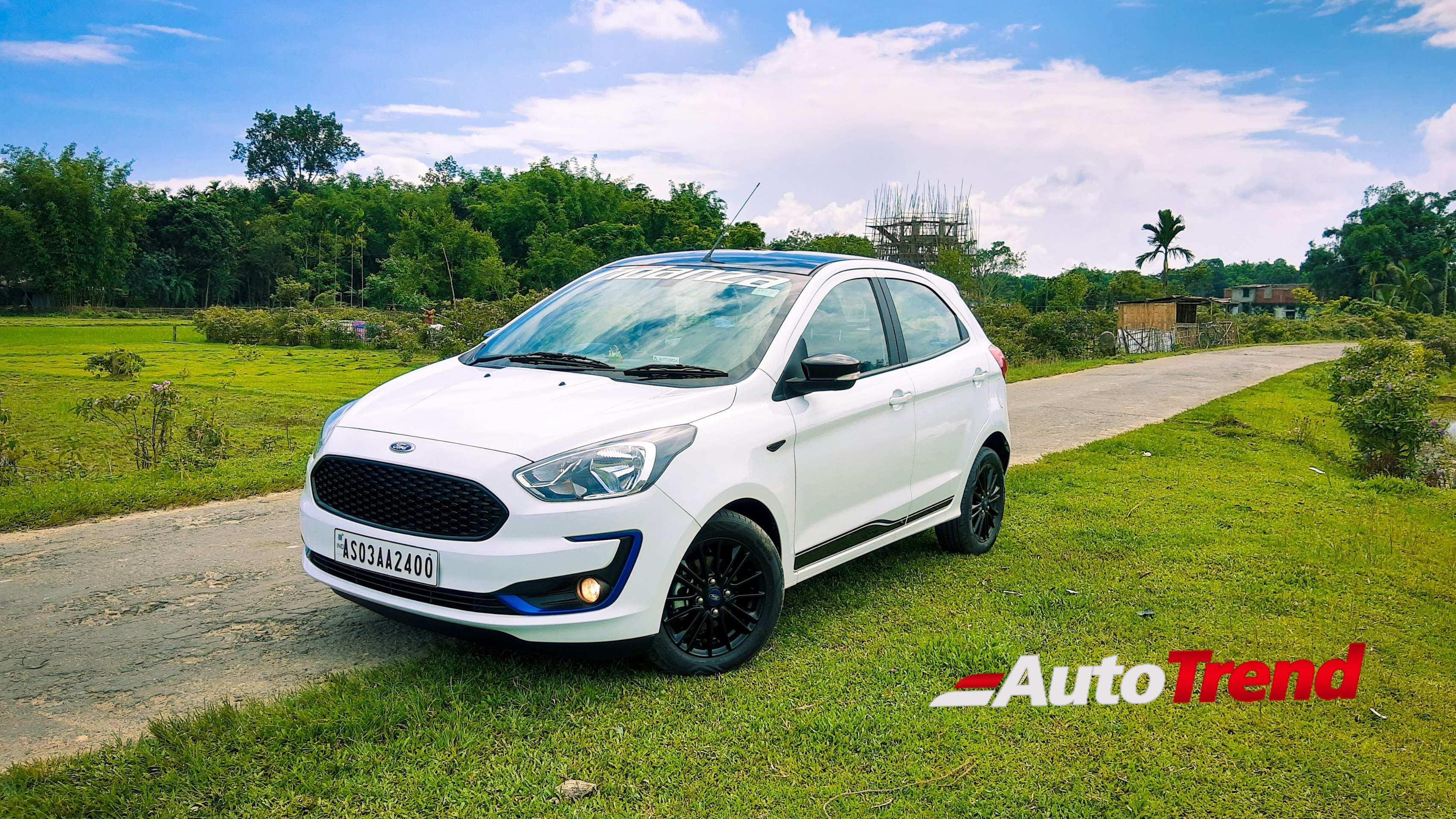
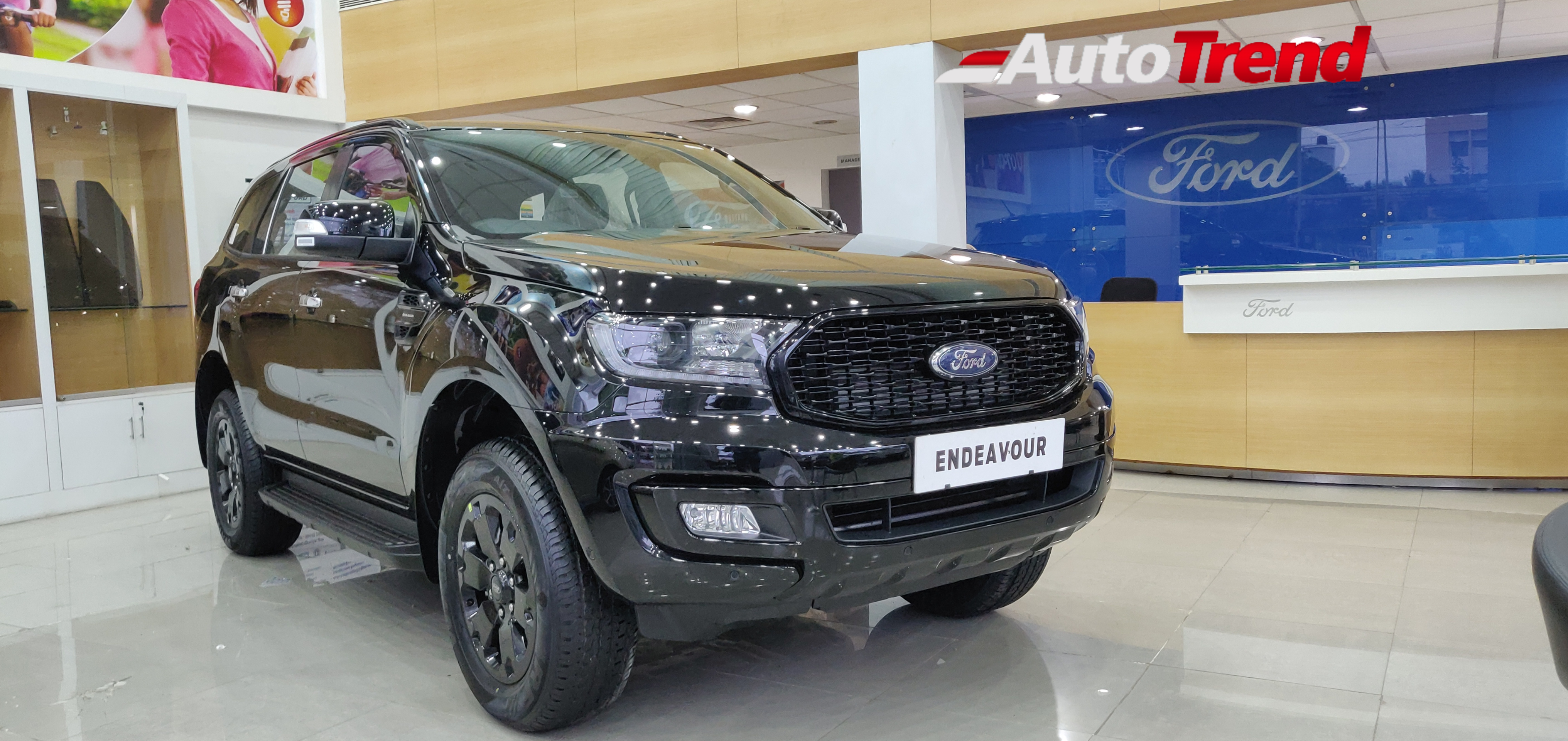
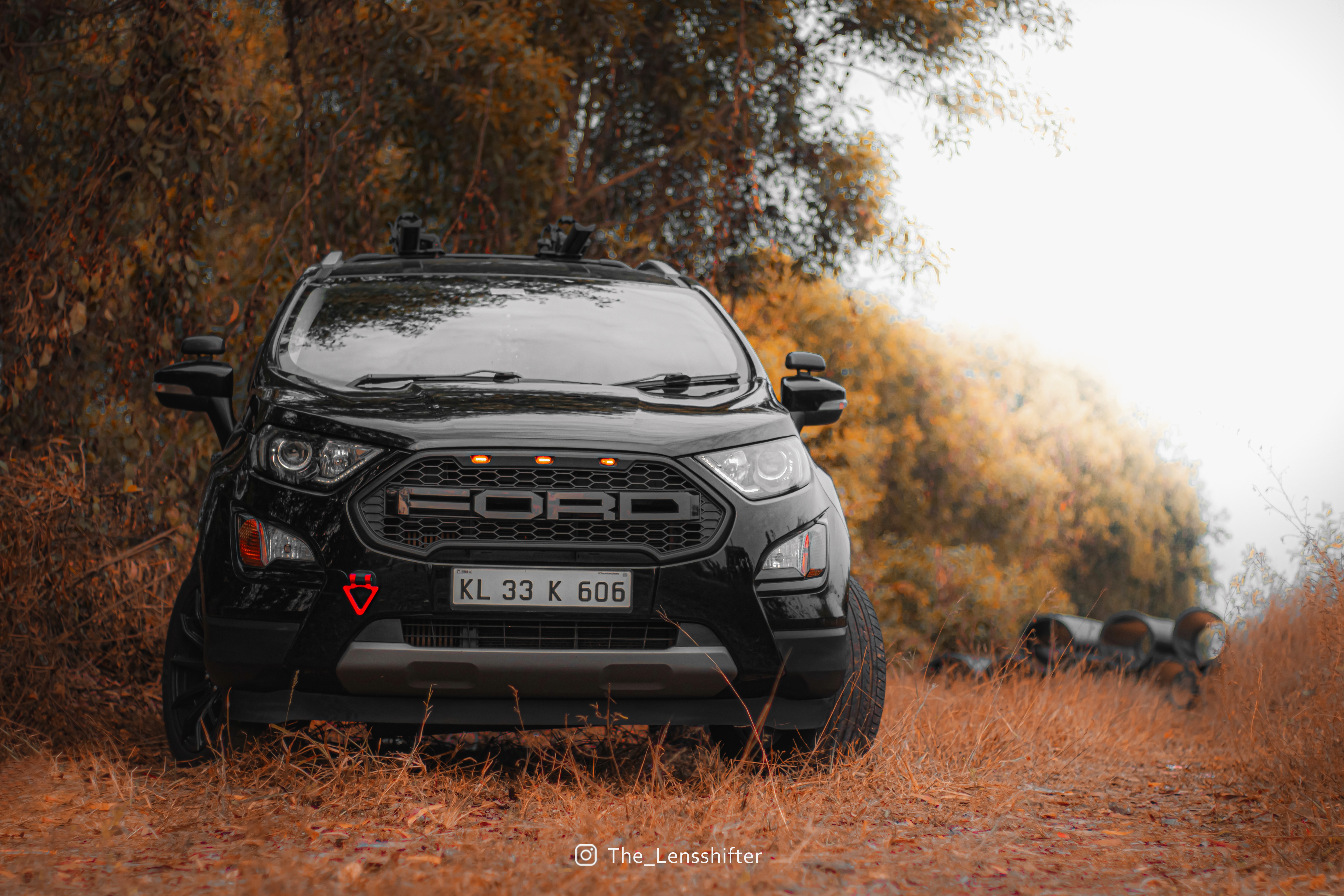
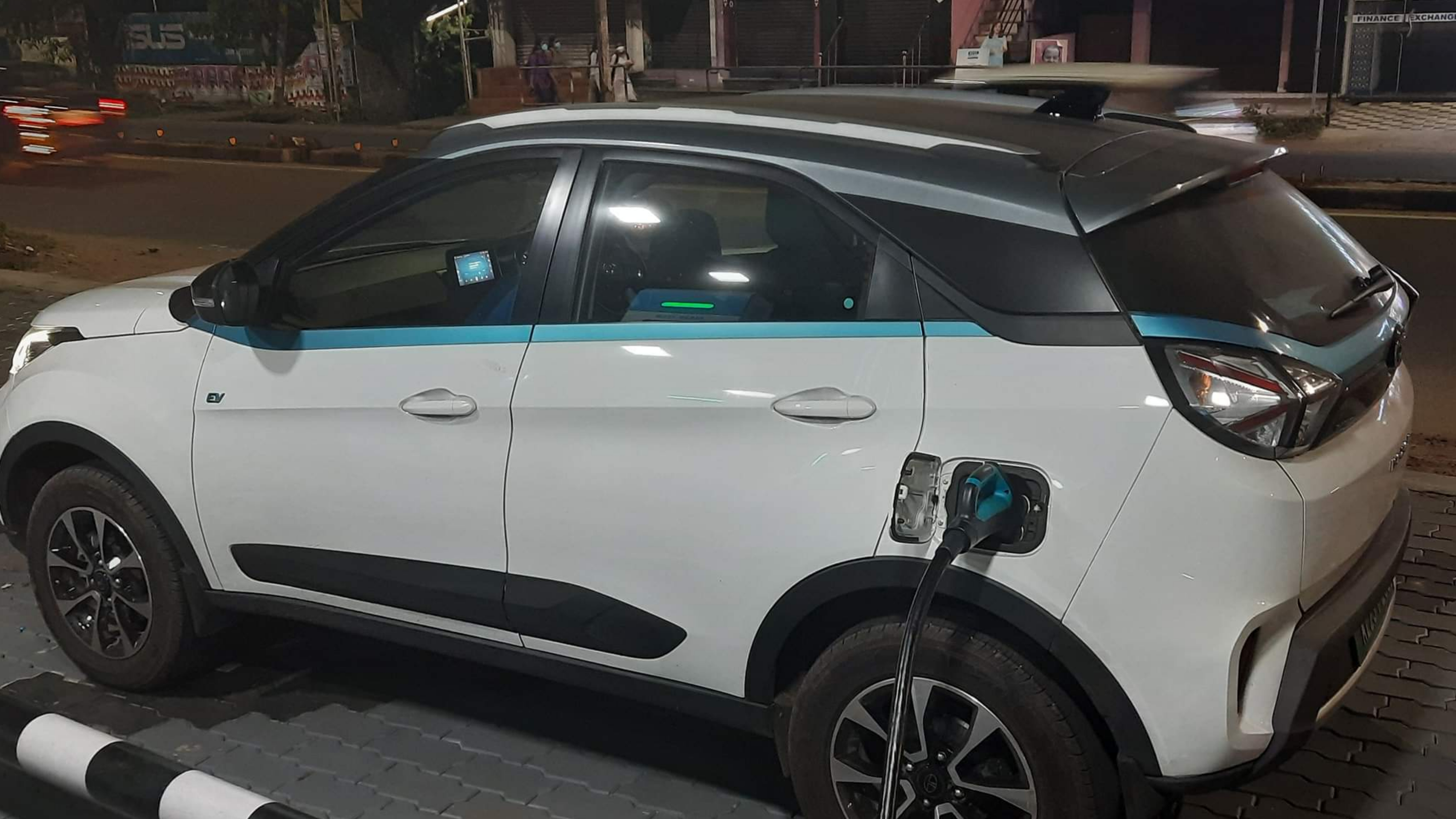
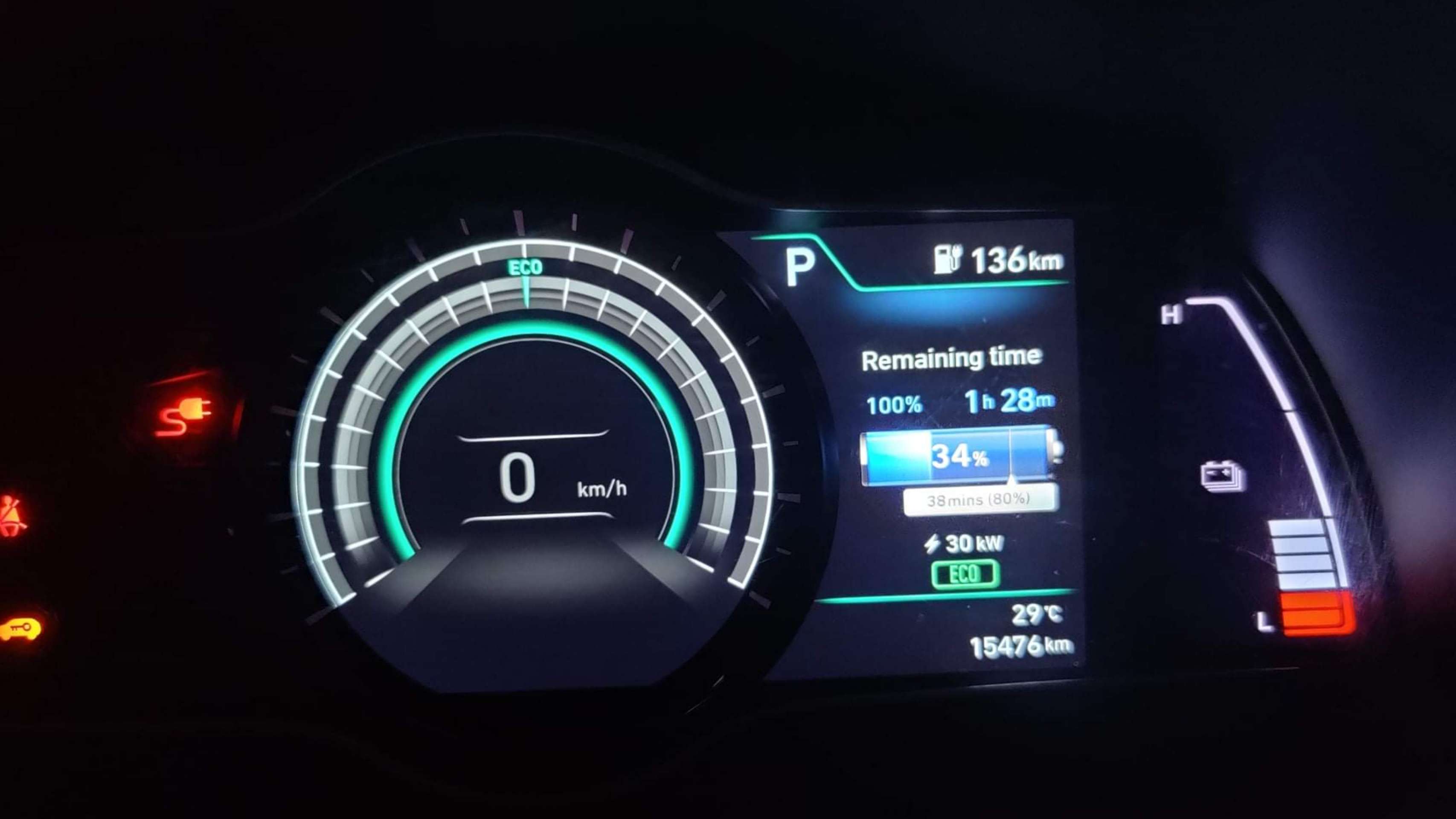
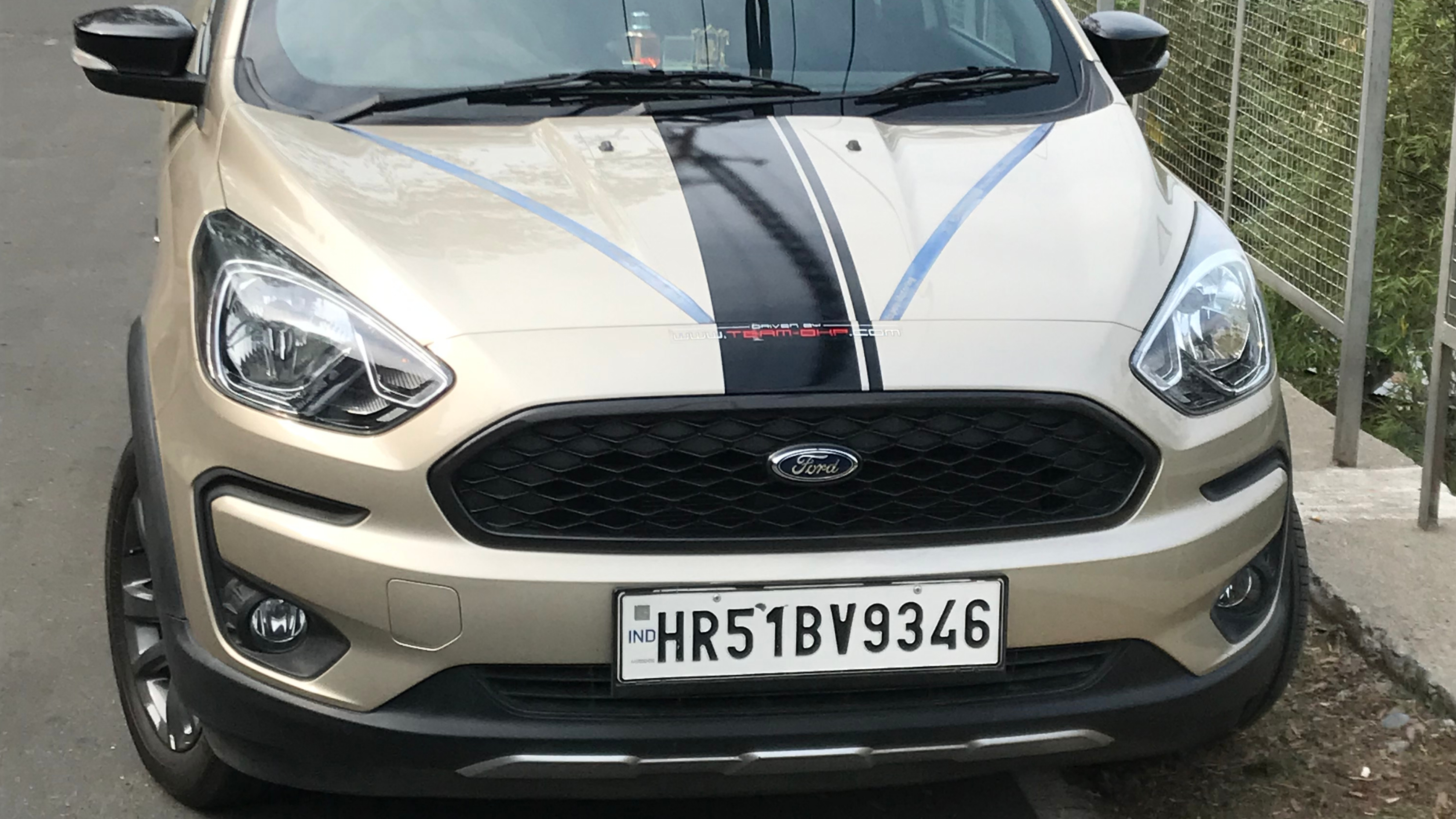
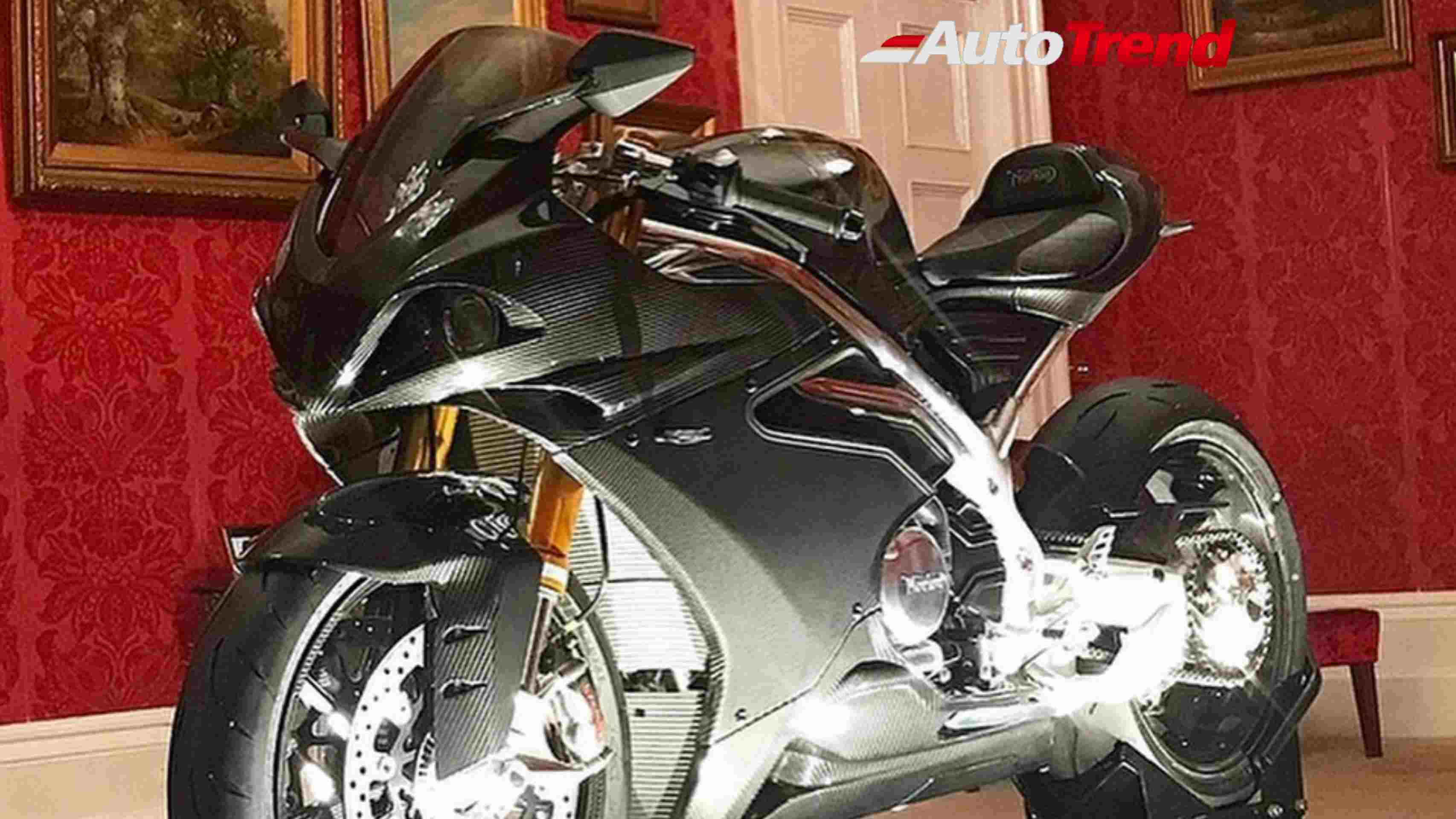
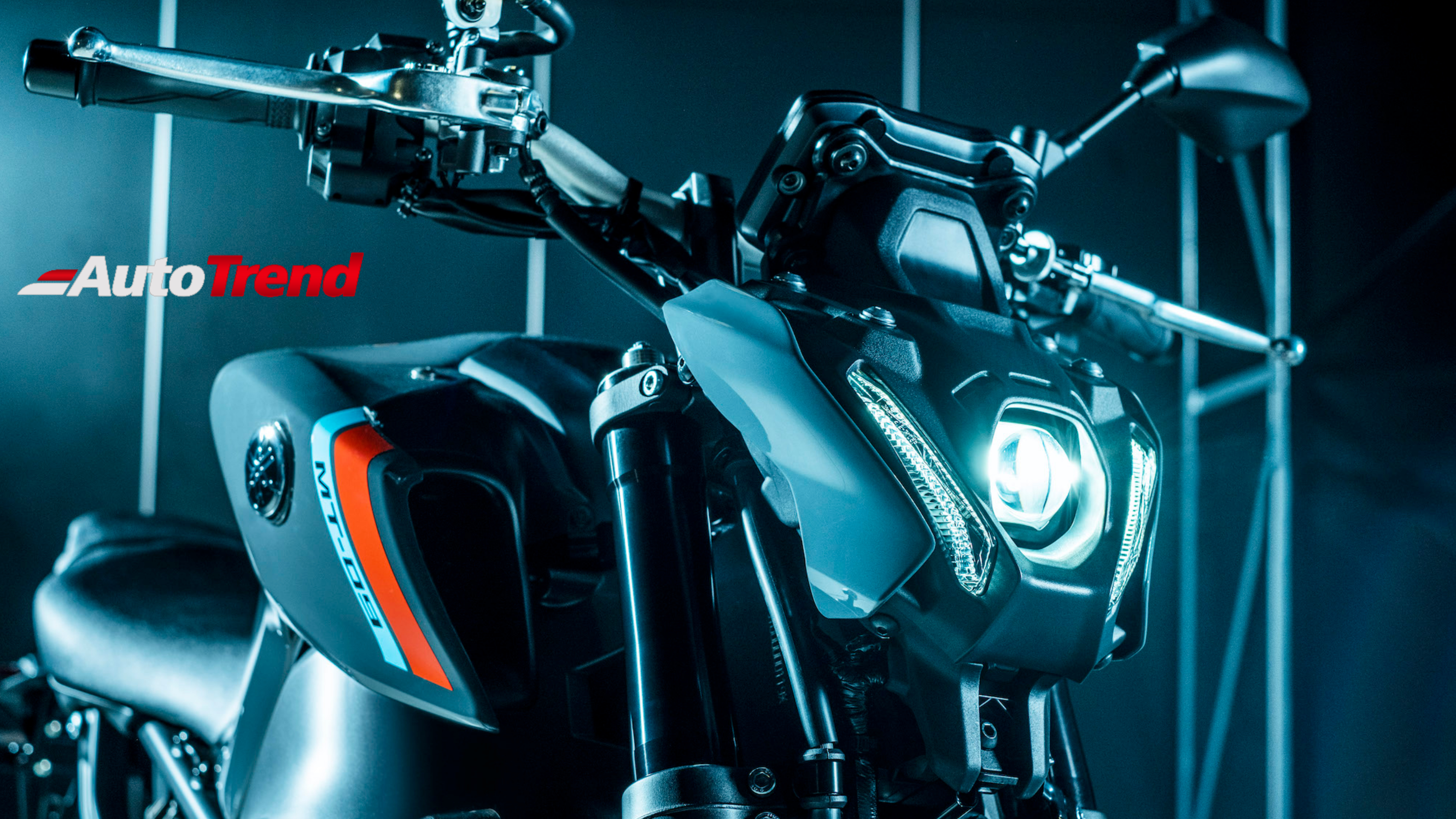
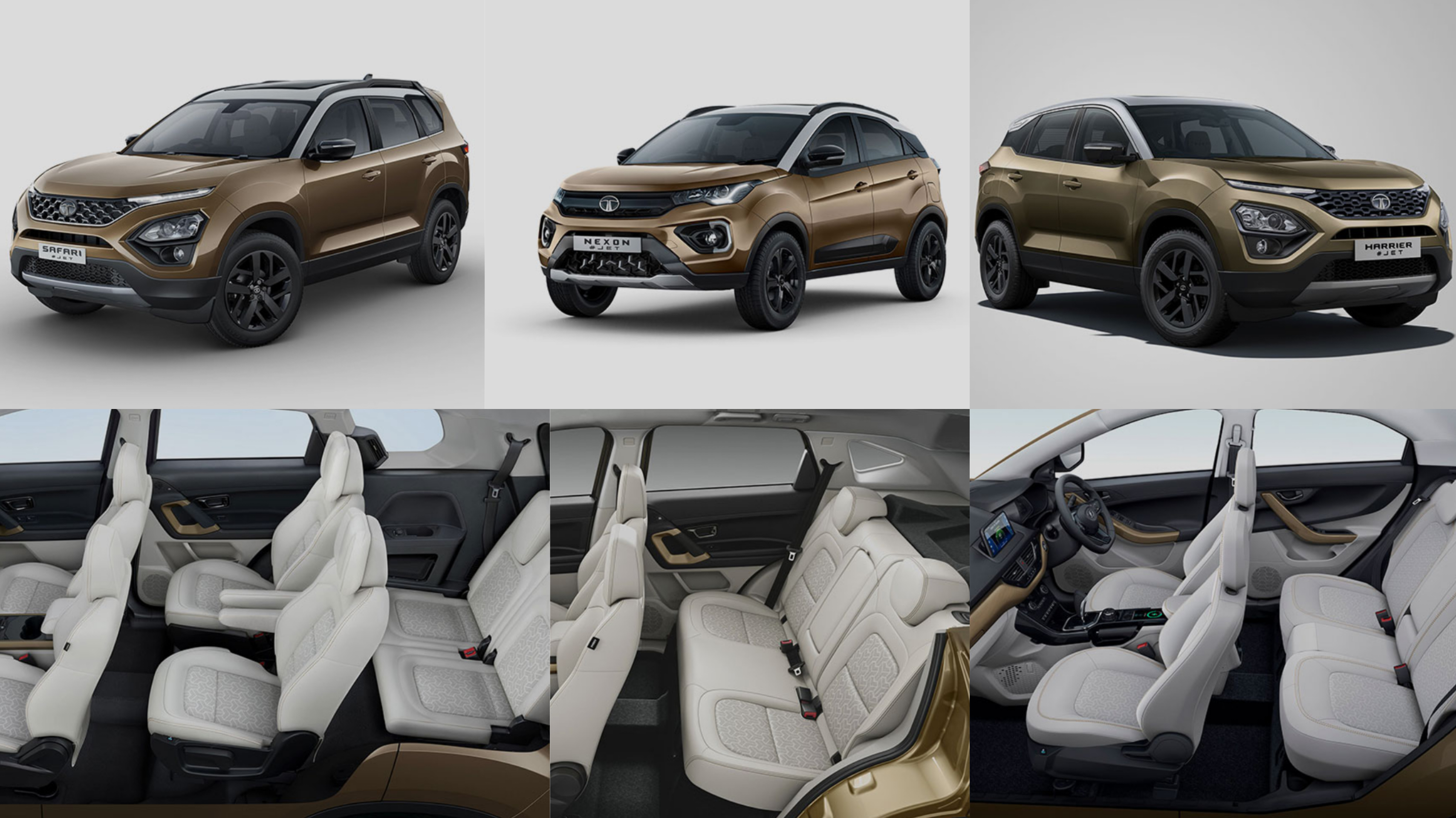
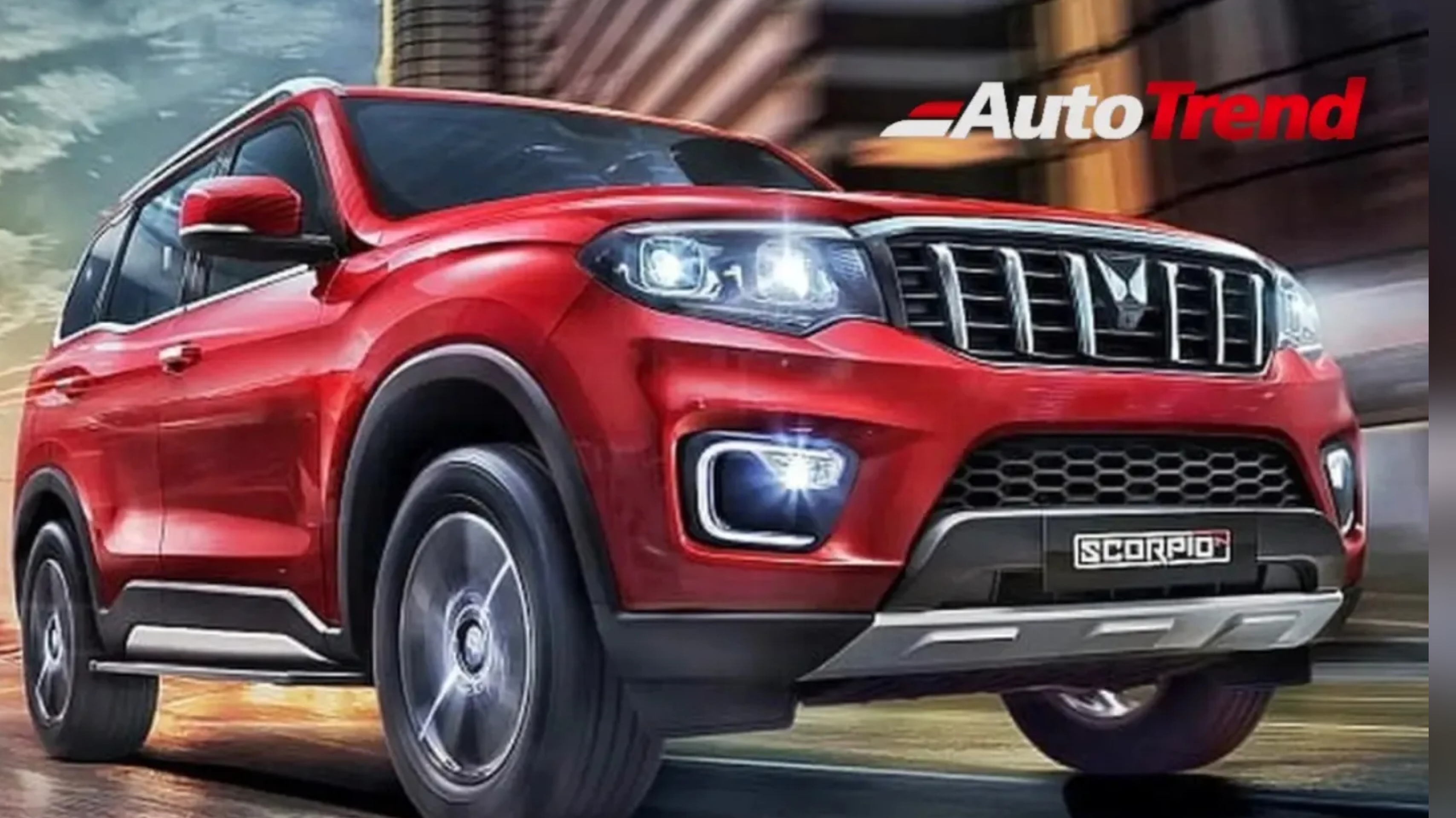
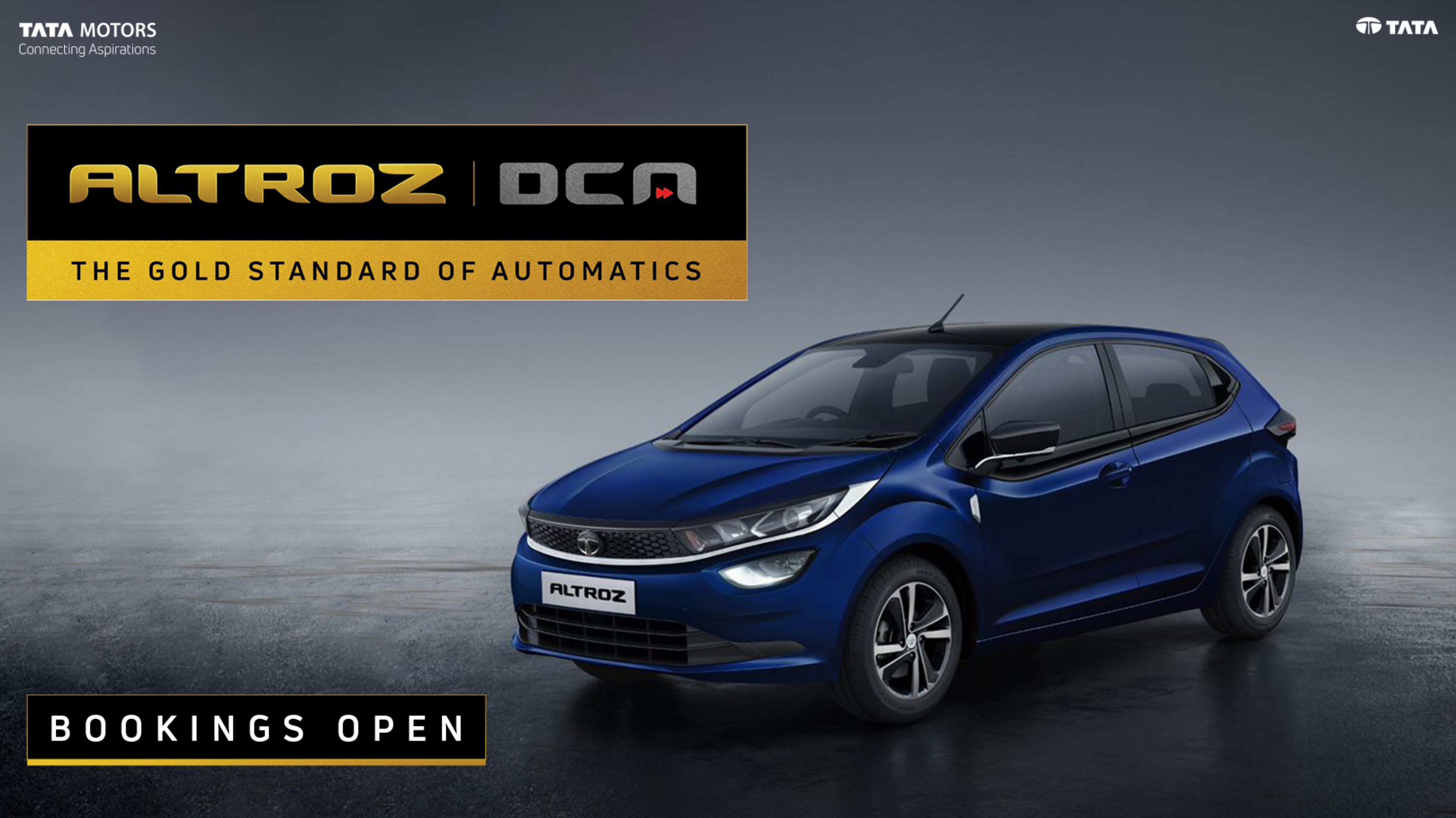
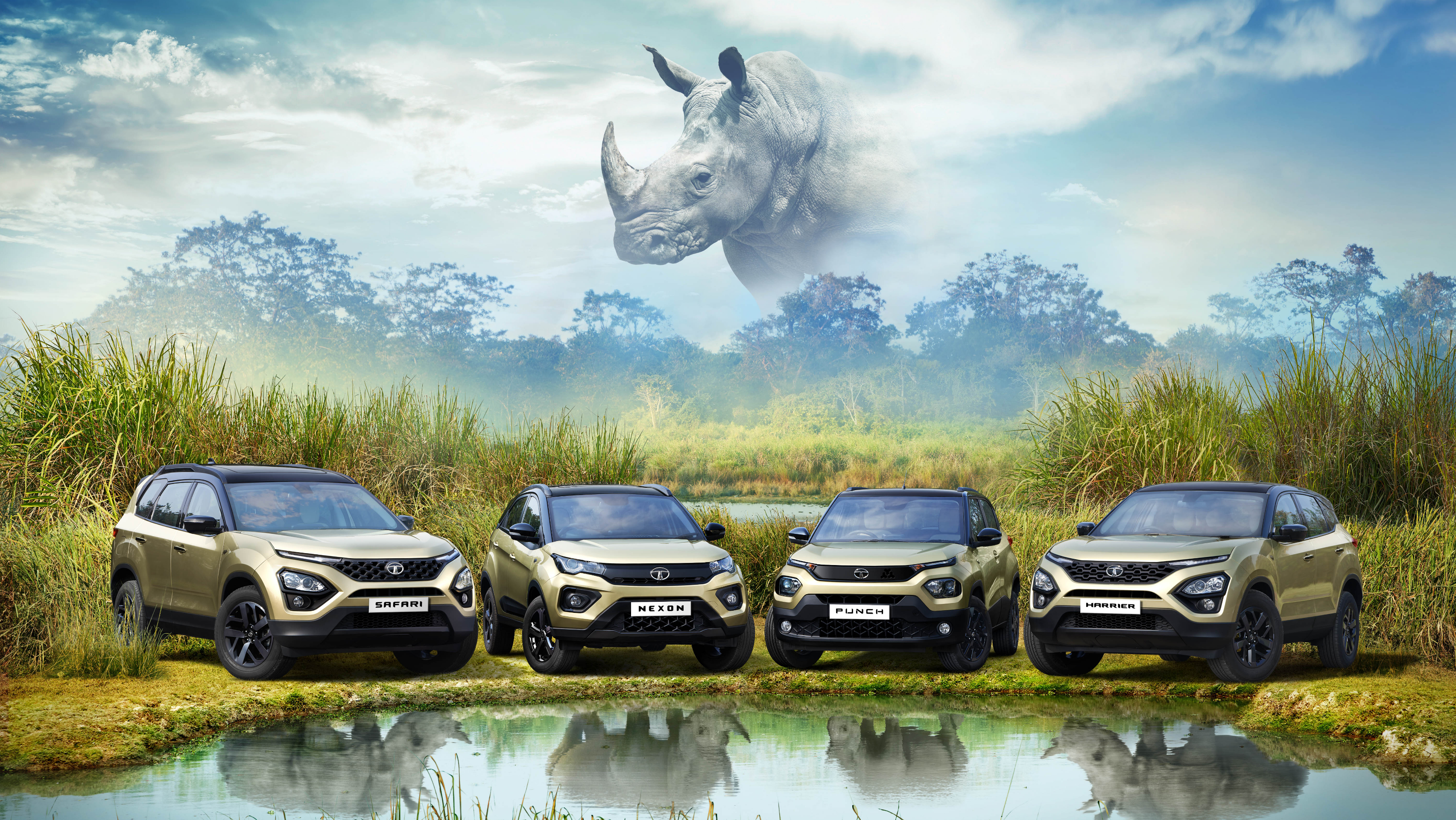
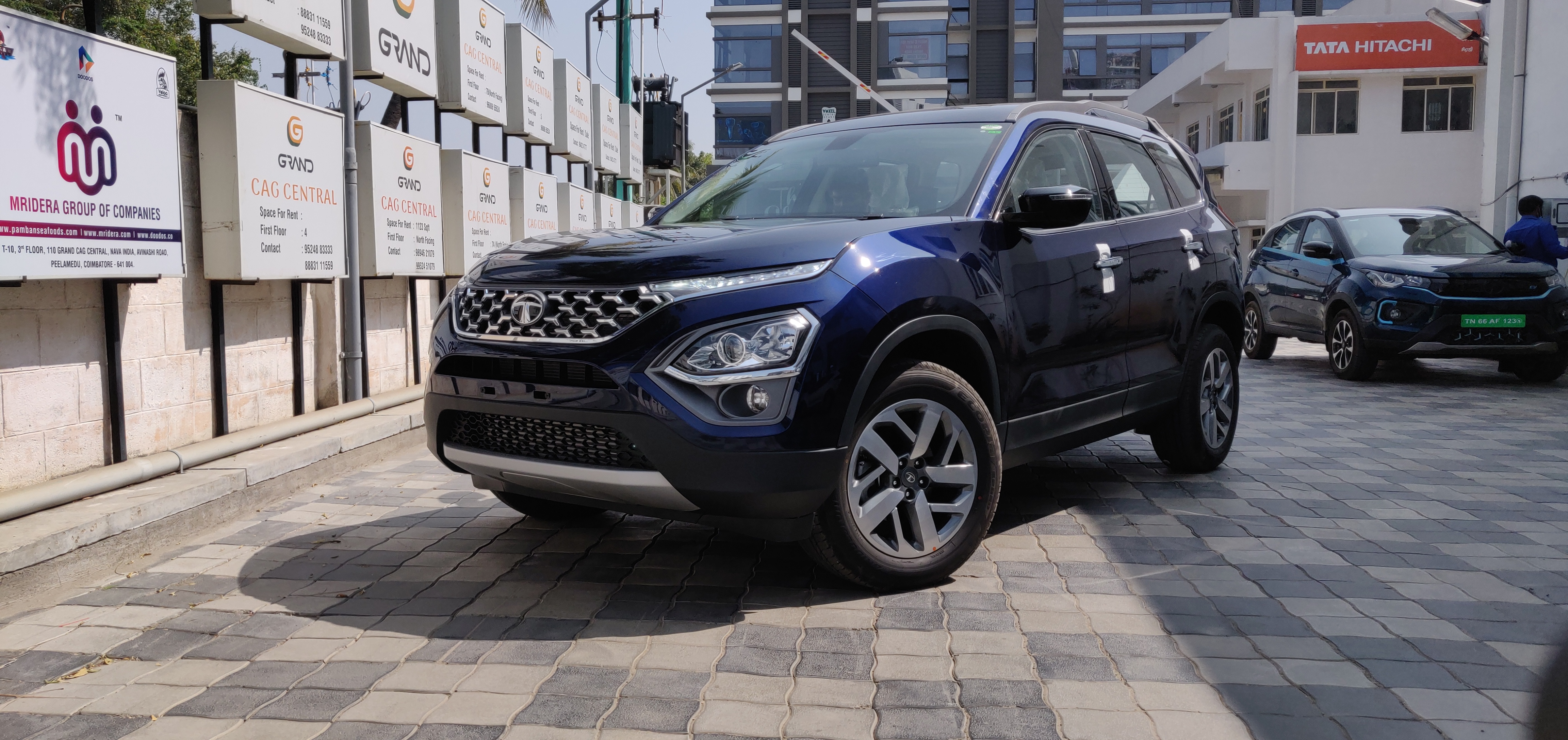
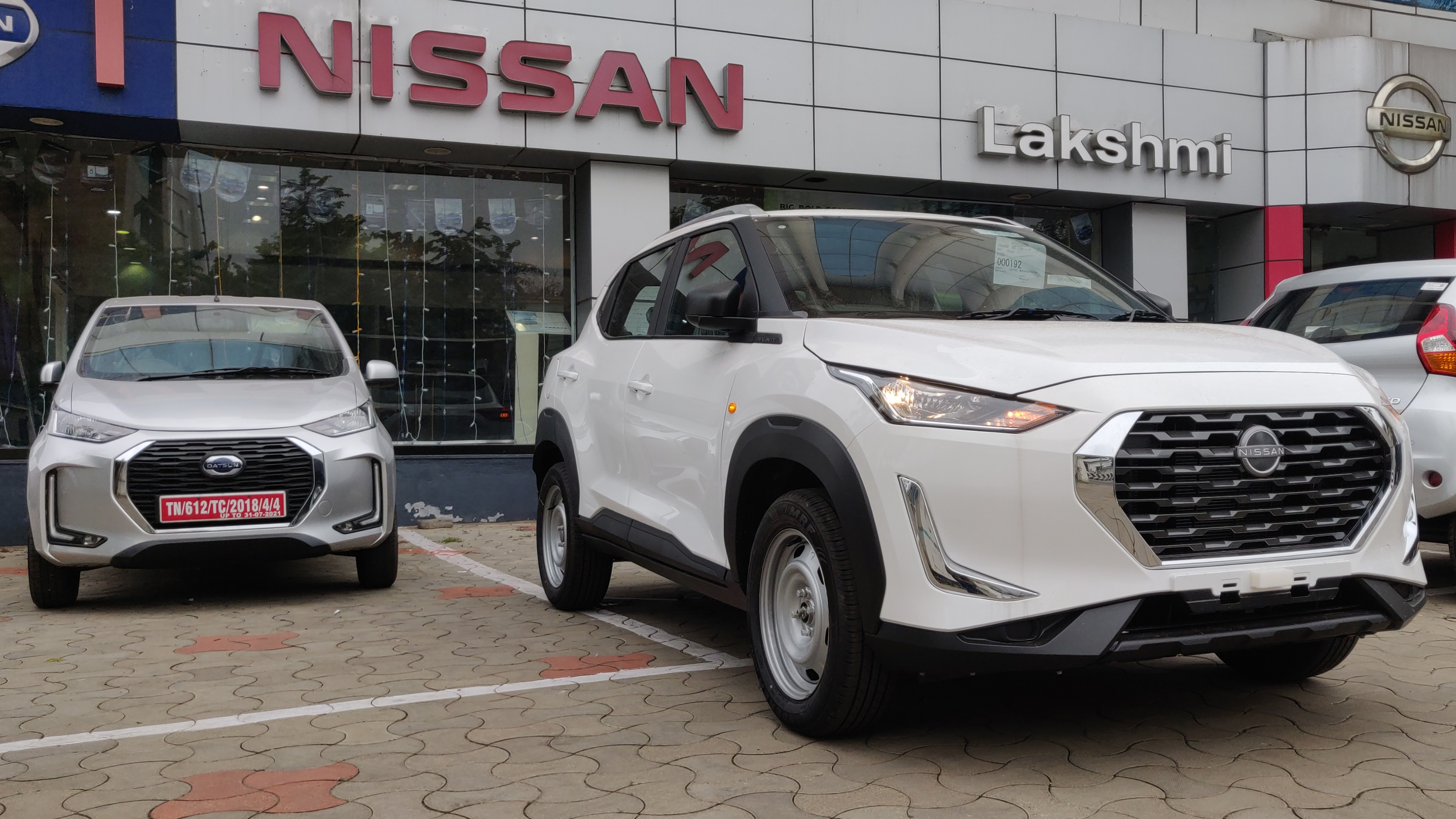

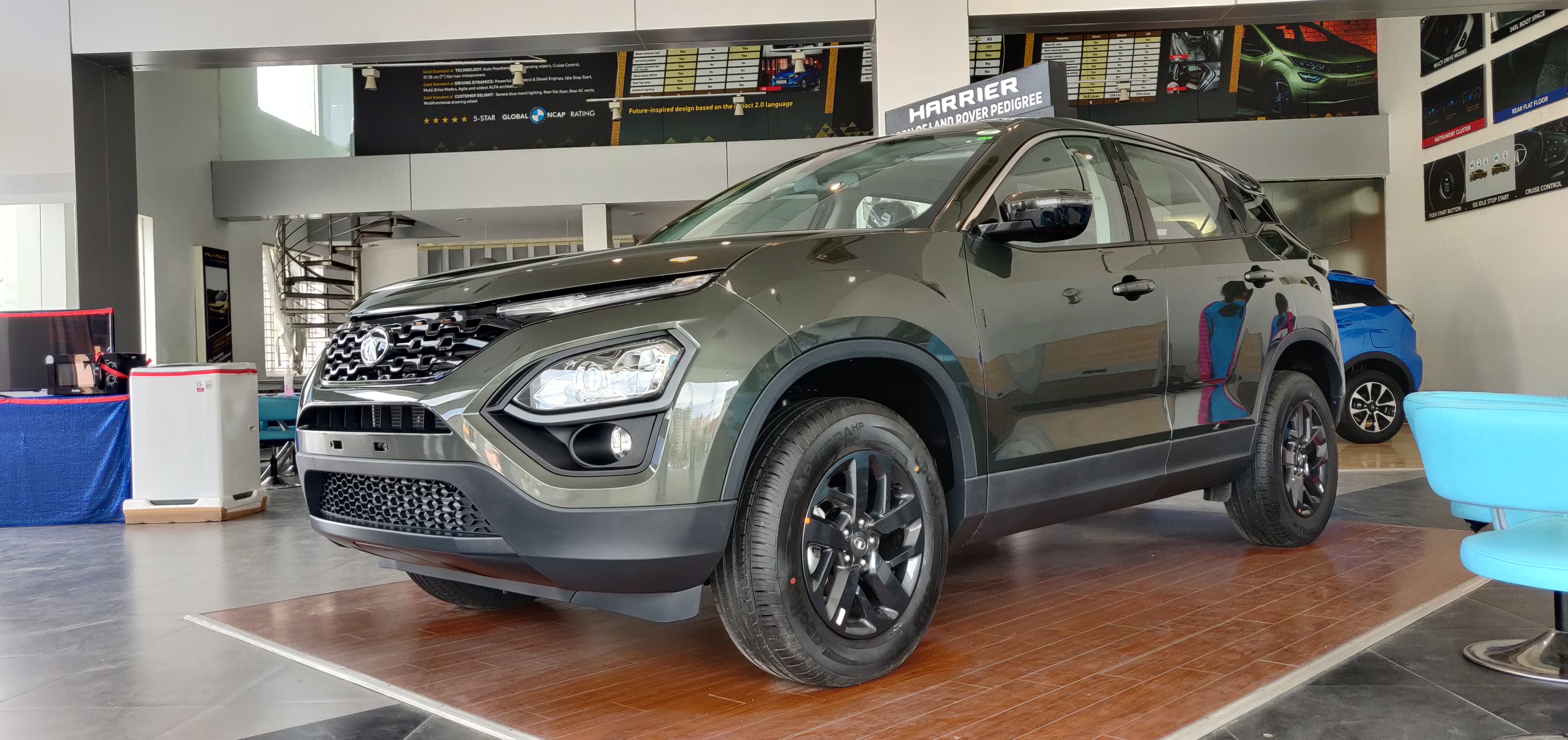
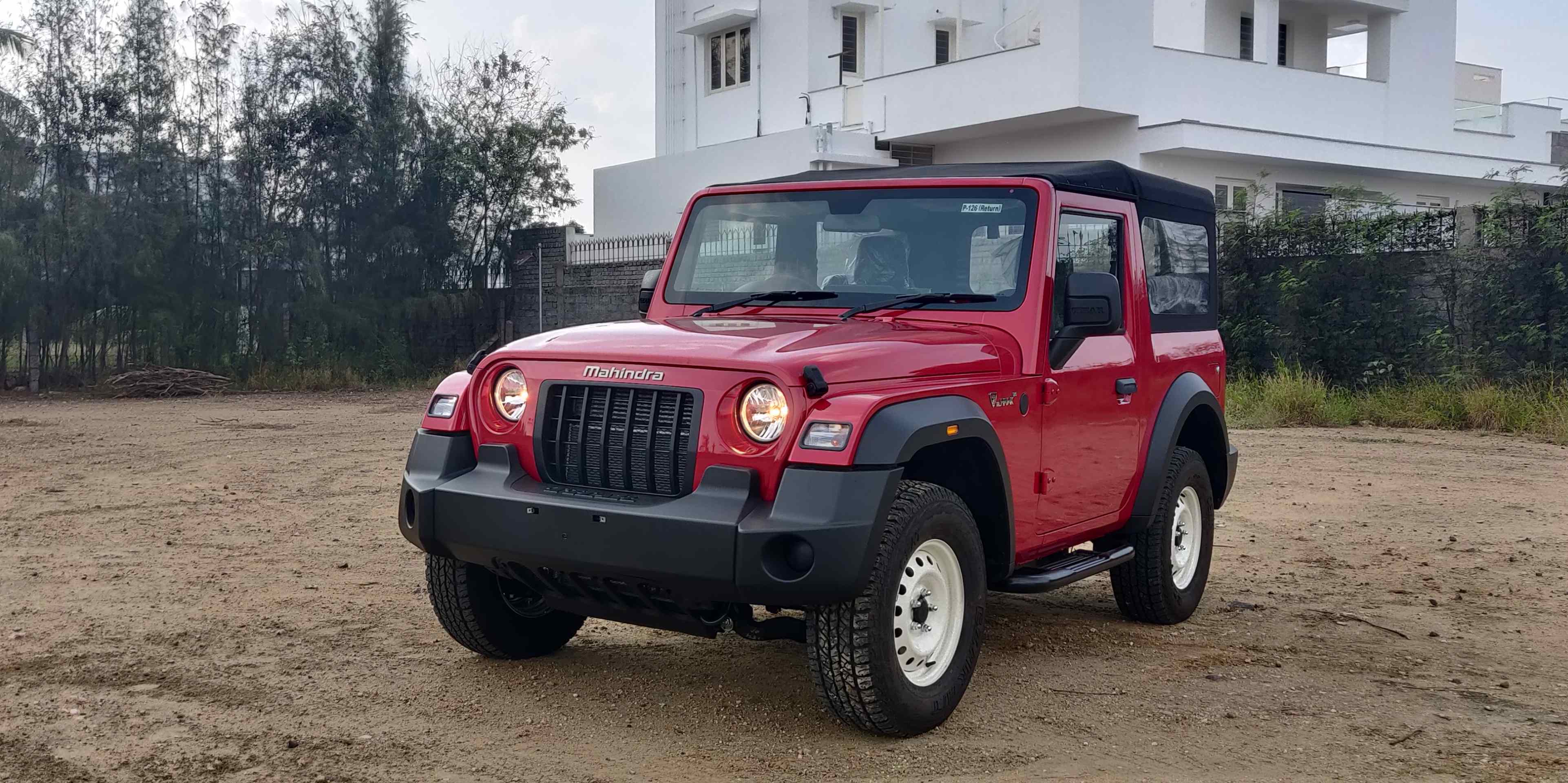
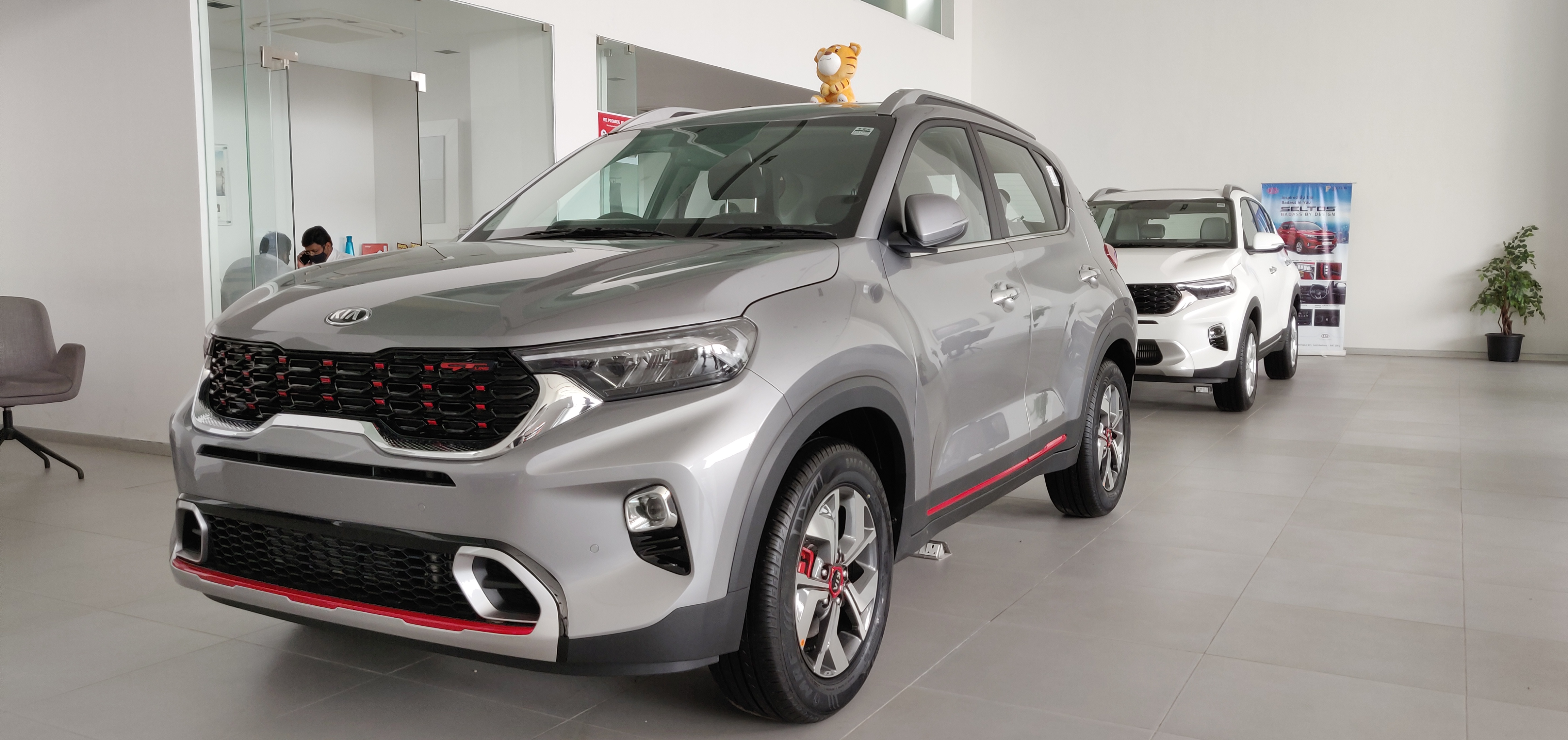
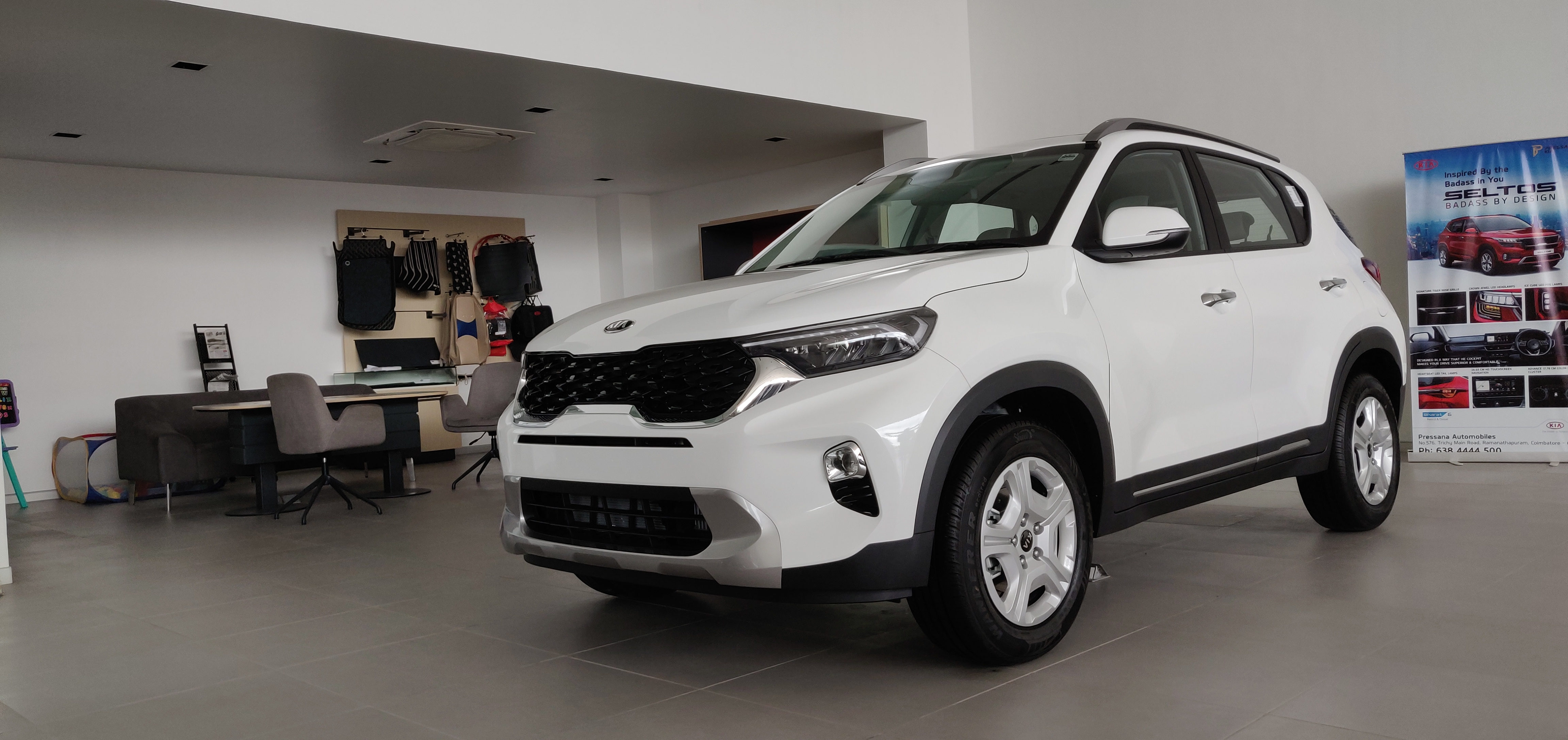
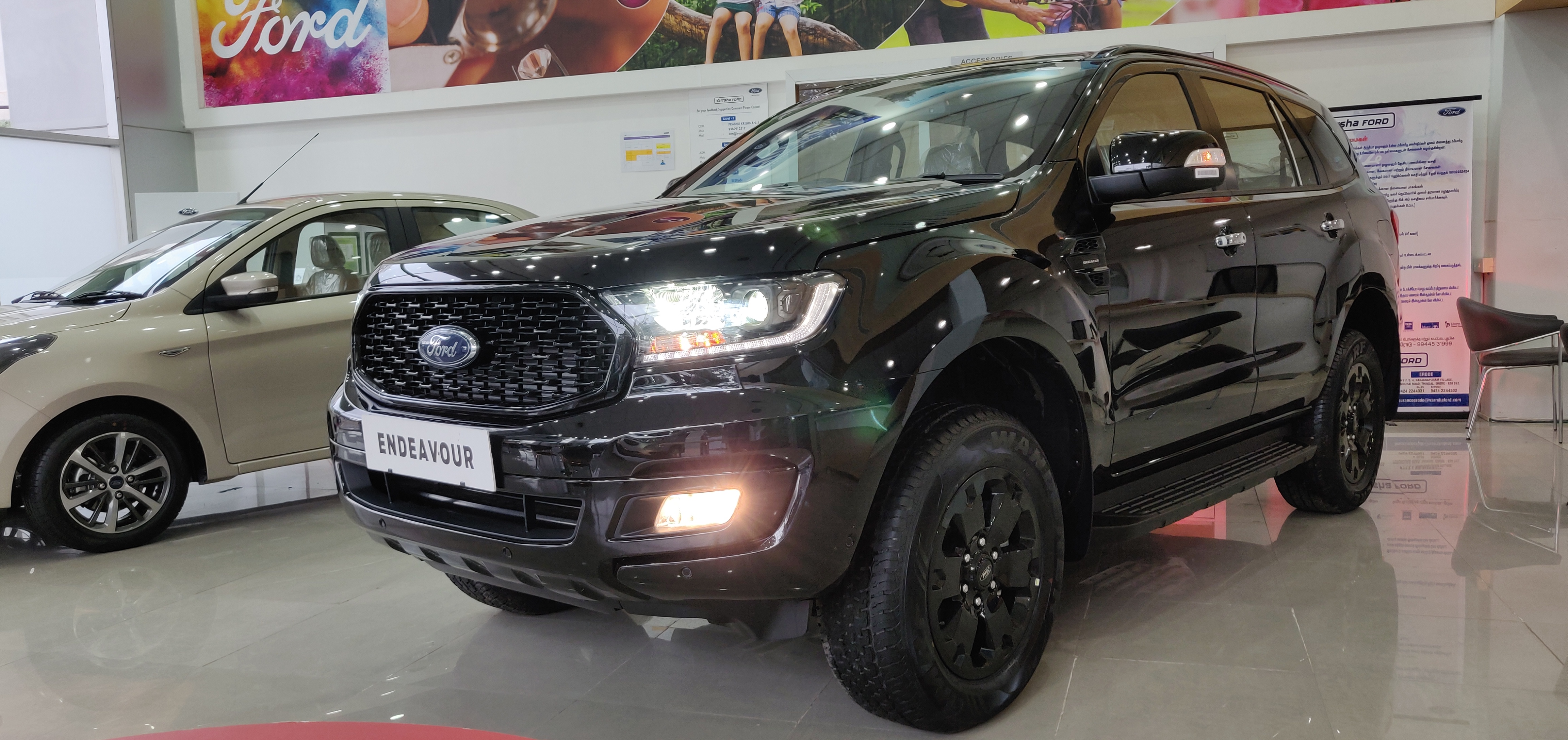
For a woman with a body surface area of 1 best place to buy nolvadex